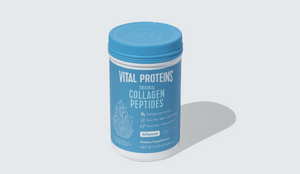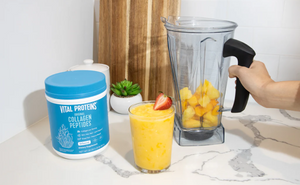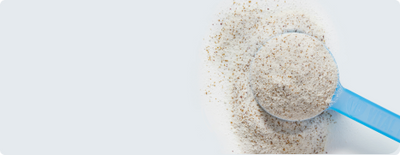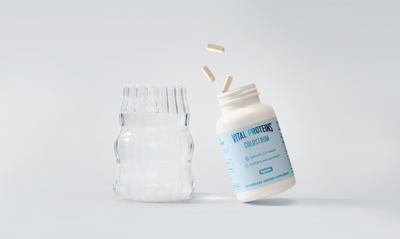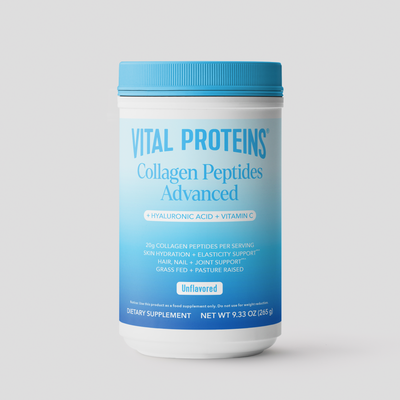By: Heather Marr
Heather Marr is an N.Y.C.-based personal trainer and The Model Trainer Method creator, whose A-list client roster includes some of the world’s most famous supermodels. Ahead, she shares healthy food swaps.
Our regular actions add up over time and can either move us toward or away from our goals. Being an educated consumer is essential to making the best possible health and nutrition choices. Below are 6 healthy food swaps you’ll want to start incorporating in your diet.
Healthy Food Swaps
1. 100% Wheat
Of course, we know whole grains are good for us. But often times, we believe we are eating whole grains when in fact we are not. When shopping, you’ll want to look for “100% whole wheat” or “100% whole grain.” Consumers sometimes purchase products like bread or rolls that read “100% wheat,” thinking they are buying a healthy whole wheat product when in fact they are most likely purchasing bread made with enriched flour.
2. Ground Turkey and Chicken
This is a very common issue that I see with new clients. Ground turkey and ground chicken has a higher calorie and fat content than ground breast meat. Just to put in perspective, one popular American brand has over 40% more calories in their lean vs. breast items. It’s very important when shopping to make sure that you’re buying the right product.
RELATED: What This CrossFit Athlete Eats in a Day
3. Dried Fruits
You’re more likely to successfully lose weight (if that’s your goal) if you’re not hungry 24/7. This is why it’s important to choose filling foods that leave you feeling satisfied. When fruits are dried, volume is reduced. For instance, a cup of grapes can shrink down to approximately a 1/4 cup of raisins when dried. For this reason, choosing fresh fruits over dried may be a smarter choice. When choosing to enjoy dried fruits, some brands are certainly better than others. Dried fruit is already delicious and naturally sweet, but some brands actually add even more sugar to their product. Read the ingredient label before purchasing and make sure it’s void of these added sugars.

4. Certain Condiments
Flavoring your food so it’s tasty is crucial to sticking with a long-term nutrition plan. That being said, not all condiments are created equal. Ketchup, for instance, is loaded with sugar. Luckily in recent years, brands like Heinz are now selling ketchup with no sugar added. Another condiment to watch out for is mustard. Plain yellow mustard is a great choice. However, you may want to avoid a flavor like honey mustard. Many bottled pasta sauces, though delicious, are not something you want to regularly consume if you have a weight loss goal. These sauces are often loaded with sugar and are high in sodium. A much better option is to make your own. I use canned crushed tomatoes and add mushrooms, onions, garlic and basil. It’s very fast and easy to make and it also freezes well.
RELATED: How to Count Macros: A Guide
5. Peanut Butter Powder
PB2 is a very popular product used in place of peanut butter in some recipes. It is made from pressing out the majority of oils from peanuts and then is ground into a flour. Added to this flour, however, is added sugar. A better choice is purchasing peanut flour. It’s basically the same idea but skips the added sugar, so you’re getting just the peanut flour.
6. Coffee Creamer
Change up your morning routine by choosing a healthier alternative to your normal creamer. Vital Proteins Collagen Creamer(available in mocha, vanilla, coconut, and gingerbread flavors) helps to support stronger hair, skin, nails, and joints, while also delivering an energy boost in drinkers thanks to the MCTs found in the coconut milk powder. Additionally, our Collagen Creamer is free of added sugars, dairy, and gluten.






